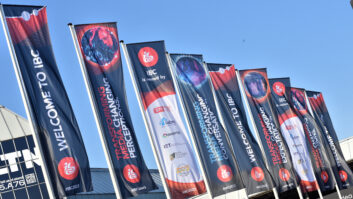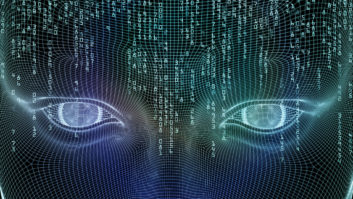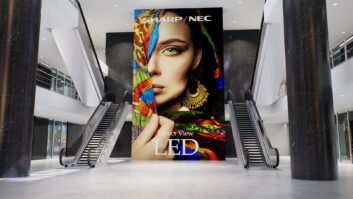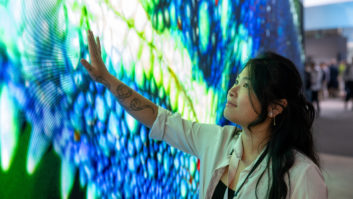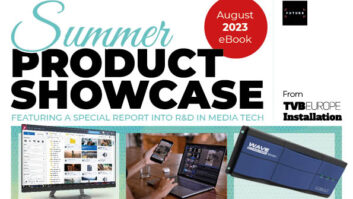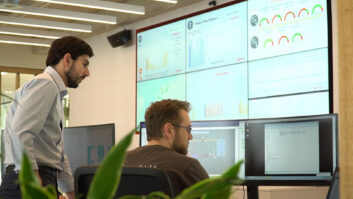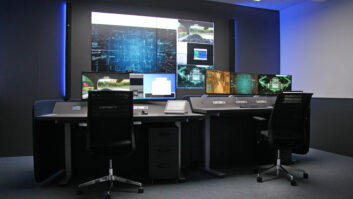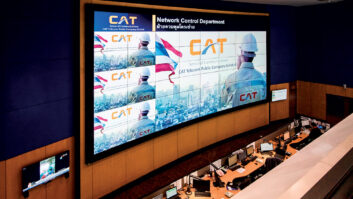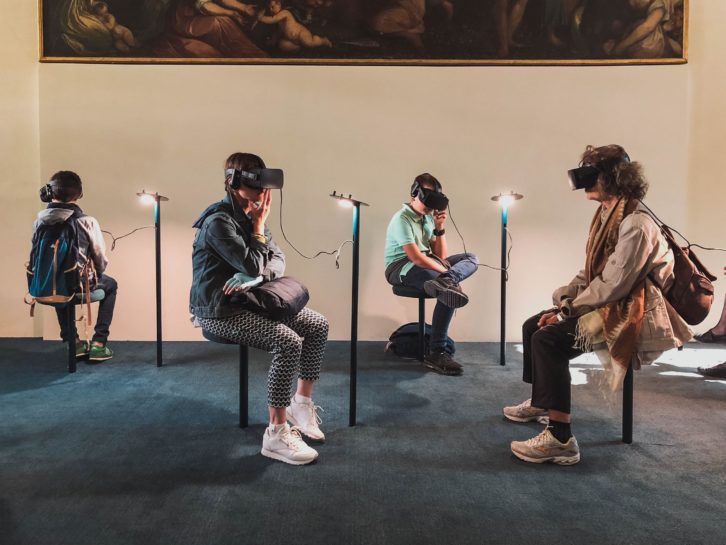
According to a new report from Ericsson, Internet of Things (IoT) devices will morph into Internet of Senses technology by 2030, bringing technological applications to human sight, smell, taste, touch, and hearing, as reported in TechRepublic. Augmented reality (AR) and virtual reality (VR), specifically, will allow humans to experience the world in a new way.
Ericsson’s Consumer Trends report, surveyed more than 7,600 people across the world, all of whom are regular users of AR, VR, and virtual assistants.
Advances of AR and VR have been significant, and while the merging of these technologies into mixed reality is still in the early stages, the next 10 years will be host to major progress, the report found.
Sight
AR glasses will be able to connect to human thought by 2030, allowing humans to see their thoughts in the real world, according to the report.
For example, nearly 60% of respondents said AR glasses would be able to help with navigation, displaying a map right before their eyes, allowing them to search for routes by simply thinking of their destination.
The brain will become the new user interface, reducing the use of screens, keyboards, mouses, and game controllers.
The majority (70%) of respondents said in the next decade, AR glasses would allow users to place digital objects into real spaces at such high quality that they would look like real objects.
Smell
While smell cannot be conveyed digitally, that will change, with smell becoming an online experience by 2030, the report found.
More than half (56%) of respondents said technology would evolve to the point that they would be able to smell scents in films.
This same application will be applied to sales as retailers market products commercially with smell, meaning perfume commercials could emit a scent.
Taste
Humans will also be able to experience taste through devices, according to the report.
Nearly 45% of respondents believe that in the next 10 years, a device could exist that digitally enhances the food someone eats. This advancement could have significant impacts on health and diet, allowing people to eat healthier foods that taste more savoury than they are.
Touch
Some systems have already adopted touch features, such as when game controllers shake or haptic feedback of VR systems and smartphones. However, touch will become even more amplified in the next decade of technology, the report found.
More than half (63%) of respondents said smartphone users would be able to feel the shape and texture of digital icons. This idea goes even further though, with 60% of respondents saying that by 2030, wristbands will exist that stimulate human nerves to feel any digital object.
Hearing
Hearing is one of the senses that could be the most impacted by technology in the next decade, the report found. The majority (70%) of respondents said that by the end of 2030, they expected earphones to automatically translate languages, allowing business professionals to conduct meetings seamlessly with anyone in the world in any language, according to the report.
More than half (54%) said future technology would be able to create a digital sound bubble, allowing users to only hear what they want, the report found. This application could be useful on a crowded bus or in a crowded space, if a professional is trying to conduct a meeting or tune into a webinar.
The gaming world will also benefit: 60% of respondents believed they would be able to hear the breath and footsteps of in-game characters. Half of respondents said this would even be possible without earphones, instead using a headband that could directly transmit sound to mind, the report found.
